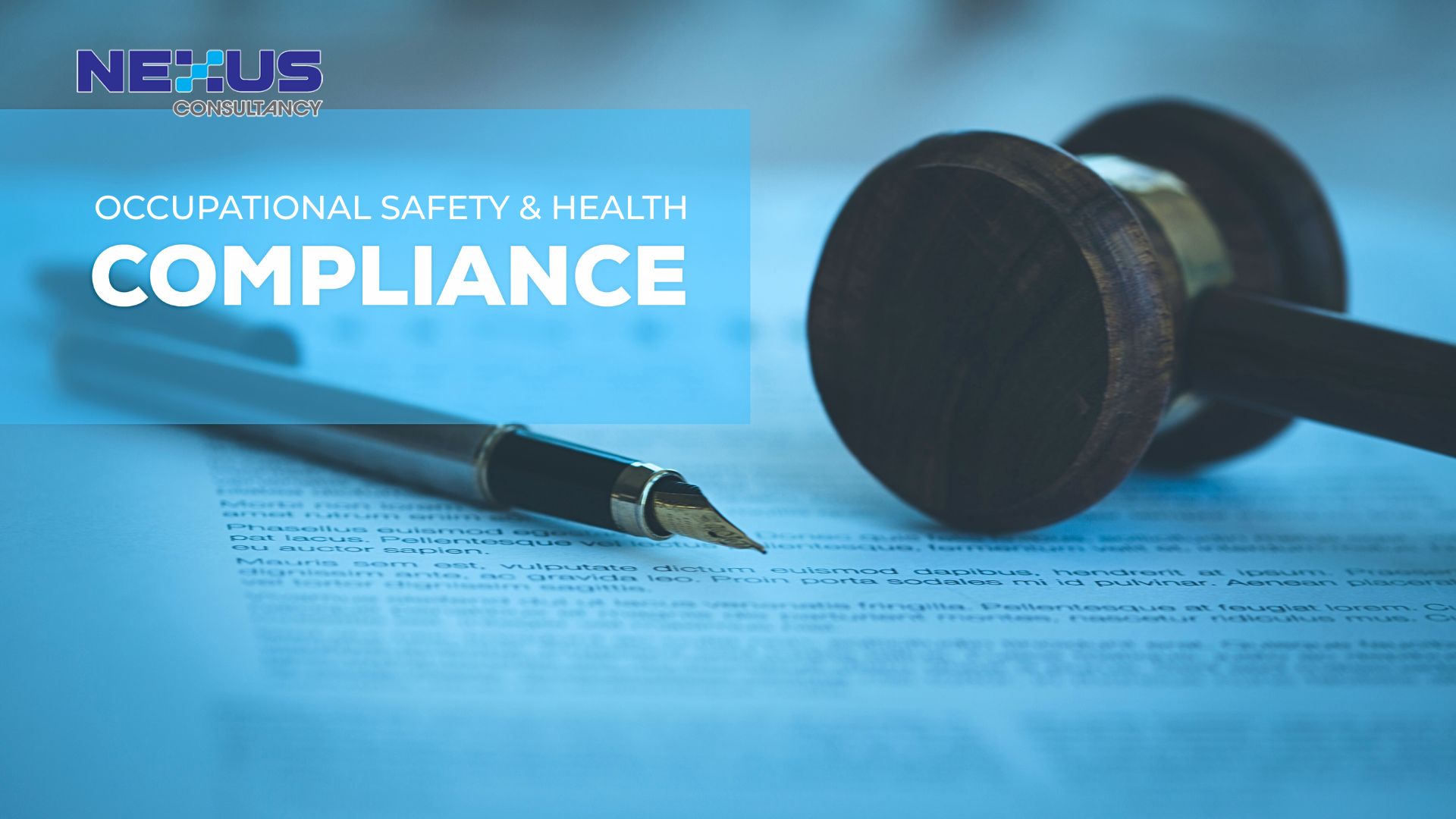
Danielle Tan
Chief Operating Officer
The ISO 14064-1 standard provides guidelines for organizations to quantify, monitor, and report greenhouse gas emissions and removals. This aims to explain the purpose and scope of ISO 14064-1, helping readers understand its importance in greenhouse gas reporting and environmental management.

Many businesses are now keeping an eye on the greenhouse gases that harm the environment and trying to reduce them. But the problem is, not everyone is doing it in a coordinated or thorough way.
Choosing not to report these emissions throughout the entire value chain won’t be an option for much longer. More and more regions and places are going to make it mandatory to report these numbers. The International Sustainability Standards Board (ISSB) has just put out new rules, IFRS S1 and IFRS S2, starting from January 1st, 2024. Also, in 2024, the European Commission’s European Sustainability Reporting Standards will kick in.
In addition to these global changes, businesses in Malaysia need to pay attention to their own national requirements. Malaysia has recently implemented its own greenhouse gas (GHG) reporting standards to ensure that companies operating within its borders are also accountable for their environmental impact. It’s crucial for businesses to keep abreast of these specific requirements to avoid any penalties or legal issues.
For companies that are new to counting and reporting these emissions, it might seem challenging to set goals for reducing them, figure out key performance indicators (KPIs), and budget for it all. Some common problems are not having enough data and lacking proper reporting systems, especially for Scope 3 emissions, which make up a big part of emissions for many industries. Small and medium-sized businesses, in particular, might not have the resources to handle this.
The good news is that meeting the new standards for reporting emissions might not be as hard or expensive as some companies think. Even smaller businesses can do it. It’s important to see sustainability reporting as an extension of regular financial reporting, especially for counting emissions. With this mindset, companies of any size can take steps to make sure their data is correct when the new rules start. In fact, reporting emissions can be added into existing systems and processes without much extra cost, with collaboration between finance and sustainability professionals.
Finance and accounting professionals, along with their sustainability and operational colleagues, can follow an eight-step plan to improve the quality of emissions reporting:

- Promote Collaborative Leadership: Encourage a strong collaborative relationship between the CFO/controller and sustainability leaders. Foster open communication channels to ensure a shared understanding of goals, challenges, and strategies related to emissions reporting. Establish regular meetings and forums for ongoing dialogue to enhance the synergy between financial and sustainability perspectives.
- Comprehensive Risk and Materiality Assessment: Undertake a thorough risk and materiality assessment jointly with representatives from both financial and sustainability teams. This collaborative effort should involve identifying potential risks associated with emissions reporting, evaluating their material impact on the organization, and collectively determining priorities for effective risk mitigation strategies.
- Audit Committee Engagement and Approval: Engage proactively with the audit committee, presenting the outcomes of the risk and materiality assessment. Seek approval for proposed strategies, emphasizing the integration of emissions reporting into the broader business strategy. Provide clear insights into the financial implications and benefits associated with aligning environmental objectives with overall corporate goals.
- Development of Internal Manual: Establish a comprehensive internal manual that clearly defines roles, responsibilities, and expectations for all stakeholders involved in emissions reporting. This manual should include well-defined Key Performance Indicators (KPIs), units of measurement, and evidentiary standards to ensure consistency, accuracy, and transparency in the reporting process.
- Integration of Emissions Data into Financial Systems: Extend the capabilities of financial/ERP and consolidation systems to seamlessly incorporate emissions data. This involves a systematic integration process that aligns environmental metrics with financial reporting frameworks. Ensure that the expanded systems can effectively capture, process, and analyze emissions-related information alongside financial data.
- Training Initiatives for Colleagues: Conduct specialized training programs for financial and sustainability colleagues to enhance their understanding of data collection methods and evidence requirements specific to emissions reporting. These training sessions should focus on building a shared knowledge base and empowering teams to contribute effectively to the accurate and comprehensive reporting of greenhouse gas emissions.
- Strengthening Internal Controls: Enhance the internal control environment to encompass emissions data, ensuring a robust system that validates the accuracy, reliability, and completeness of reported information. Implement control measures specific to emissions reporting, addressing potential risks and ensuring compliance with established standards and regulatory requirements.
- Knowledge Sharing and Continuous Improvement: Establish a platform for regular knowledge-sharing sessions among teams involved in emissions reporting. Encourage the exchange of experiences, lessons learned, and best practices to foster a culture of continuous improvement. Implement feedback loops to iteratively enhance data collection processes and reporting methodologies based on shared insights and evolving industry standards.

Conclusion
By working together, finance and sustainability professionals can make sure companies report emissions accurately, which can help them set goals and plans to reduce their impact on the environment. This, in turn, can contribute to broader efforts to reduce pollution and attract investment from those looking for sustainable companies, ensuring compliance not only with international standards but also with Malaysia’s specific GHG reporting requirements.
Curious to learn more about reporting greenhouse gases and how to begin? Get in touch with us now for more information.
Reference:
-
- https://hbr.org/2023/08/demystifying-emissions-reporting






